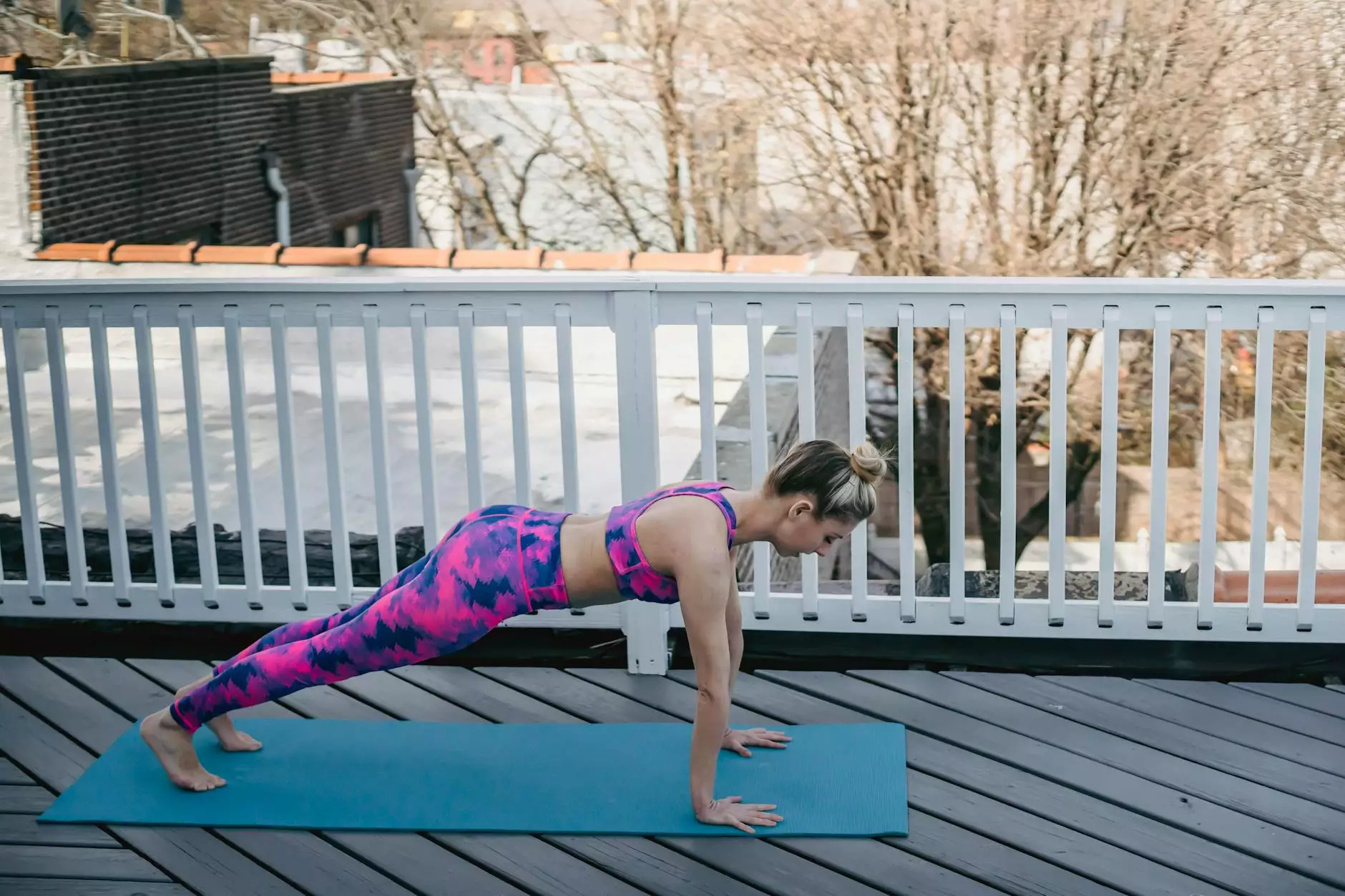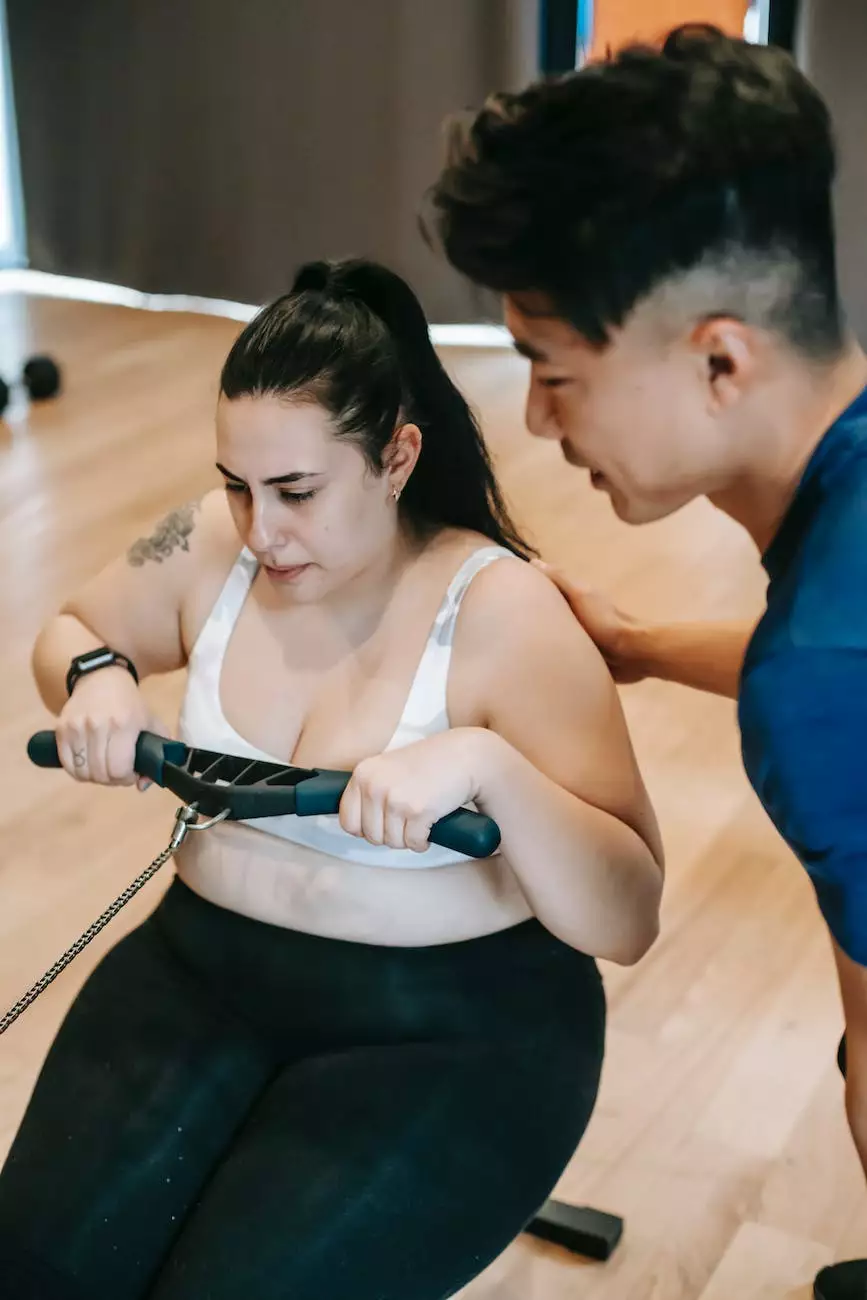How Bike 'Sway' Contributes To Enhanced Leg And Core Strength
Fitness Tips
Why Cycling is a Great Workout for Leg and Core Strength
Bicycling is not only a recreational activity or a convenient mode of transportation, but it is also an excellent workout for both your legs and core muscles. At Knuckleheads, we understand the importance of combining sports and fitness to help you achieve your goals. In this article, we will explore how bike 'sway' can contribute to enhanced leg and core strength.
Understanding the Mechanics of Bike 'Sway'
Bike 'sway' refers to the lateral movement that occurs while cycling. It involves the controlled side-to-side motion of your bike as you pedal. This motion engages the muscles in your legs and core in a unique way, providing an additional challenge during your cycling workouts.
Benefits of Bike 'Sway' for Leg Strength
The 'sway' motion created during cycling helps to target specific muscle groups in your legs, including the quadriceps, hamstrings, glutes, and calves. As you pedal and sway, your muscles are constantly engaged to maintain balance and stability. This repetitive and dynamic effort helps to build strength, endurance, and muscle tone in your legs.
Quadriceps
During the downward phase of the pedal stroke, your quadriceps muscles, located in the front of your thighs, contract forcefully to extend your knee and push the pedal down. This action not only generates power for your bike but also strengthens your quadriceps muscles over time.
Hamstrings
While the quadriceps are active during the downward stroke, the hamstrings at the back of your thighs are engaged during the upward phase. Your hamstrings help to pull the pedal up and complete a full revolution. This constant activation contributes to the development of stronger hamstrings.
Glutes
The gluteal muscles, including the gluteus maximus, medius, and minimus, are responsible for generating power and providing stability during cycling. The 'sway' motion adds an extra challenge that targets your glutes and helps to tone and strengthen them. As a result, you can achieve a more sculpted and powerful backside.
Calves
Your calf muscles, comprised of the gastrocnemius and soleus muscles, play a vital role in propelling the pedals during cycling. The 'sway' motion engages the calves at different angles, further enhancing their strength and definition.
Benefits of Bike 'Sway' for Core Strength
While cycling primarily works your legs, it also offers significant benefits for your core muscles, including your abdominals, obliques, and lower back. The 'sway' motion creates an unstable environment that requires your core muscles to engage and stabilize your body throughout the ride.
Abdominals
Your abdominal muscles help to support your lower back and maintain proper posture while cycling. The 'sway' motion challenges your abs, as they continuously contract and stabilize your body during the lateral movements. This engagement leads to increased core strength and overall stability.
Obliques
The oblique muscles, located on the sides of your abdomen, are responsible for trunk rotation and lateral flexion. The 'sway' motion during cycling activates your obliques as they work to counterbalance the lateral movement, resulting in improved strength and definition.
Lower Back
Your lower back muscles play a crucial role in maintaining proper posture and stability while cycling. The 'sway' motion engages these muscles, helping to strengthen and support your lower back, reducing the risk of discomfort or injury.
Maximizing Leg and Core Strength with Bike 'Sway'
Now that we understand the benefits of bike 'sway' for leg and core strength, it's time to take your cycling workouts to the next level. Here are a few tips to help you maximize your leg and core strength gains:
- Vary your terrain: Incorporate both flat roads and hilly routes into your cycling routine to challenge your muscles in different ways.
- Increase resistance: Adjust the resistance on your bike or opt for more challenging gears to add intensity to your workouts.
- Engage your core: Focus on maintaining a strong and stable core throughout your ride by consciously engaging your abdominal and back muscles.
- Integrate core exercises: Supplement your cycling routine with targeted core exercises such as planks, Russian twists, and bicycle crunches to further strengthen your core.
- Practice proper form: Maintain correct body positioning and pedal technique to ensure that you are effectively utilizing your leg and core muscles.
- Stay consistent: Consistency is key. Aim to incorporate regular cycling workouts into your fitness routine to build and maintain leg and core strength over time.
Start Enhancing Your Leg and Core Strength with Knuckleheads
At Knuckleheads, we believe in the power of sports and fitness to transform your body and improve your overall health and well-being. Our experienced trainers and state-of-the-art facilities are here to help you reach your fitness goals.
Ready to take your leg and core strength to the next level? Join Knuckleheads today and unleash your full potential!










